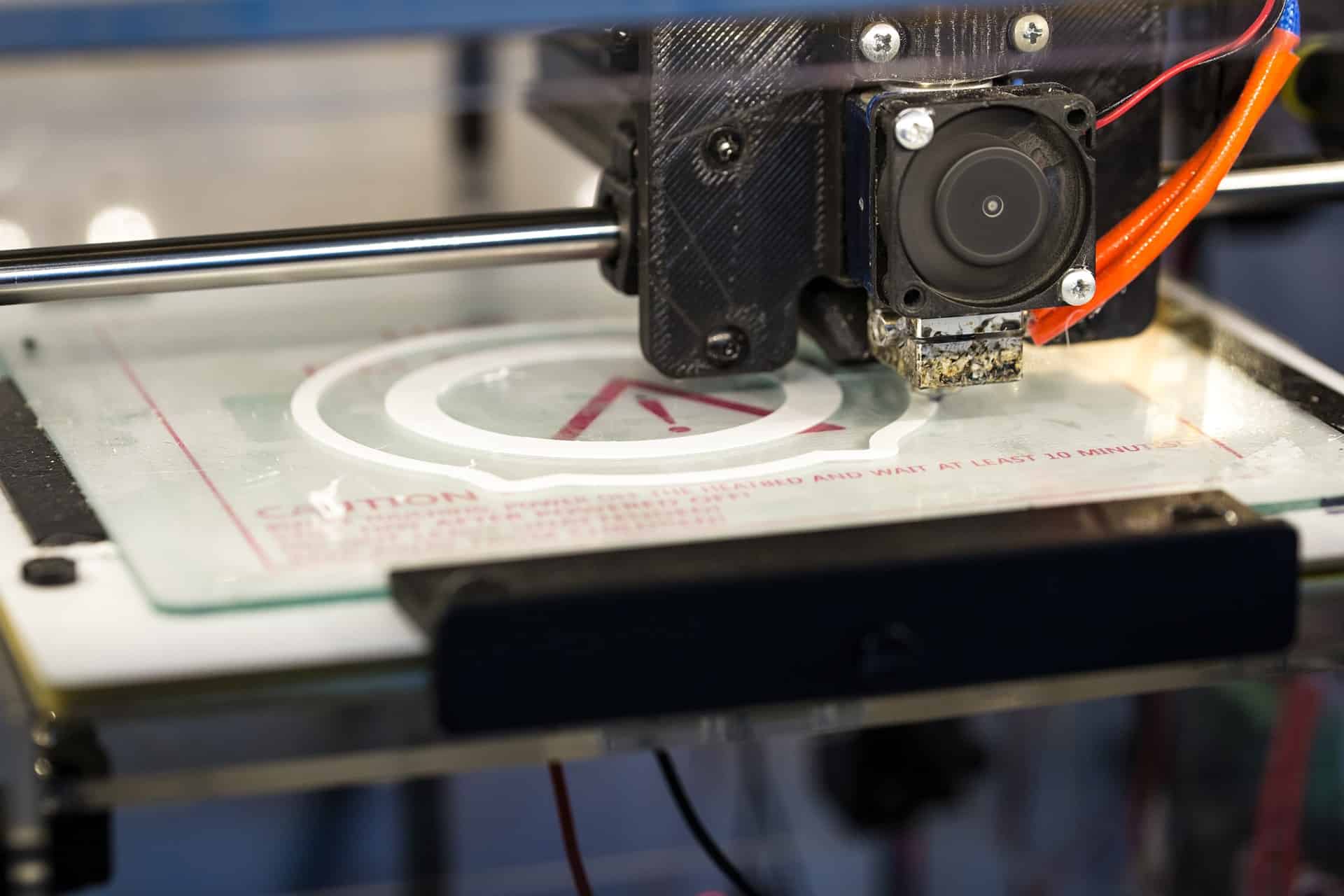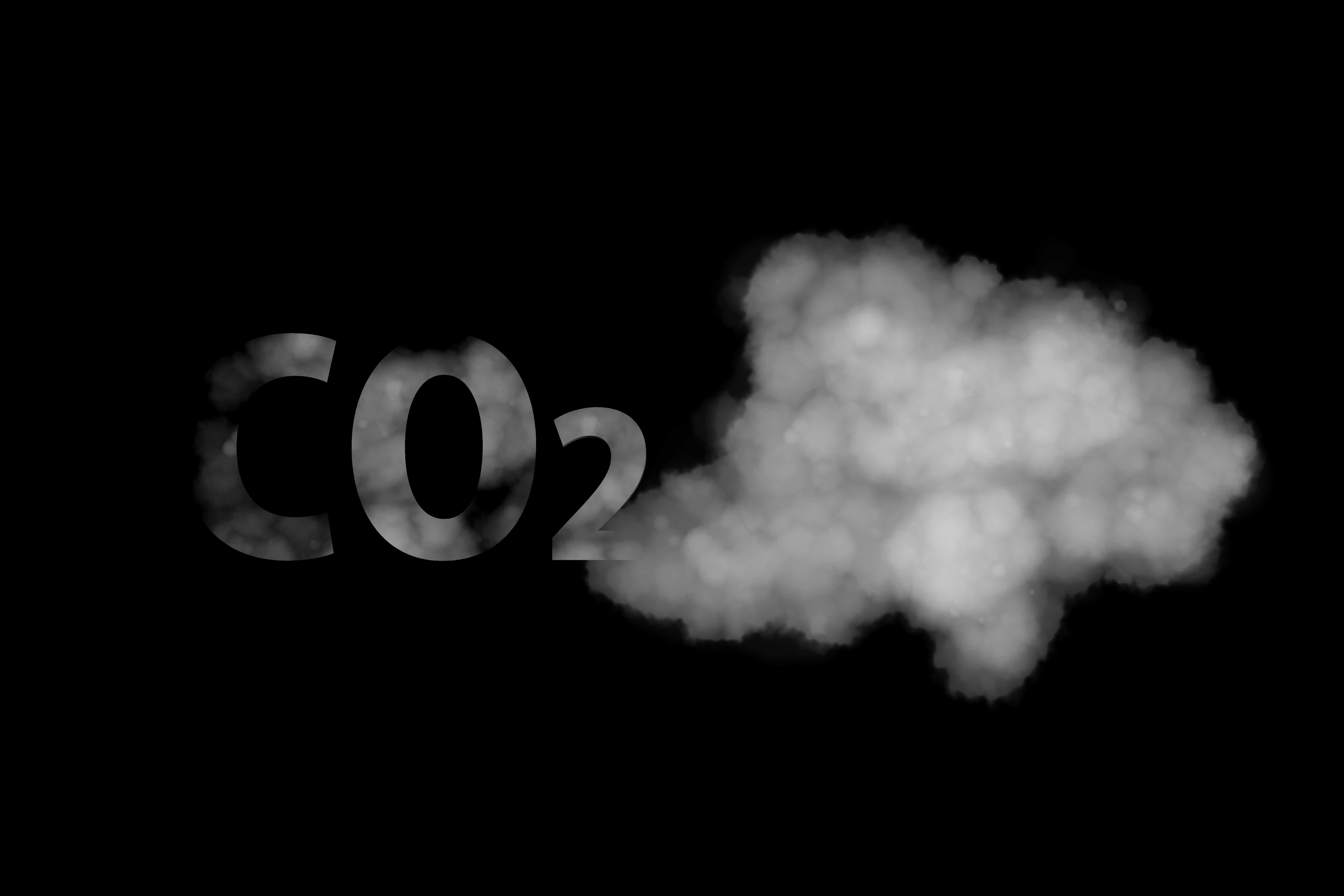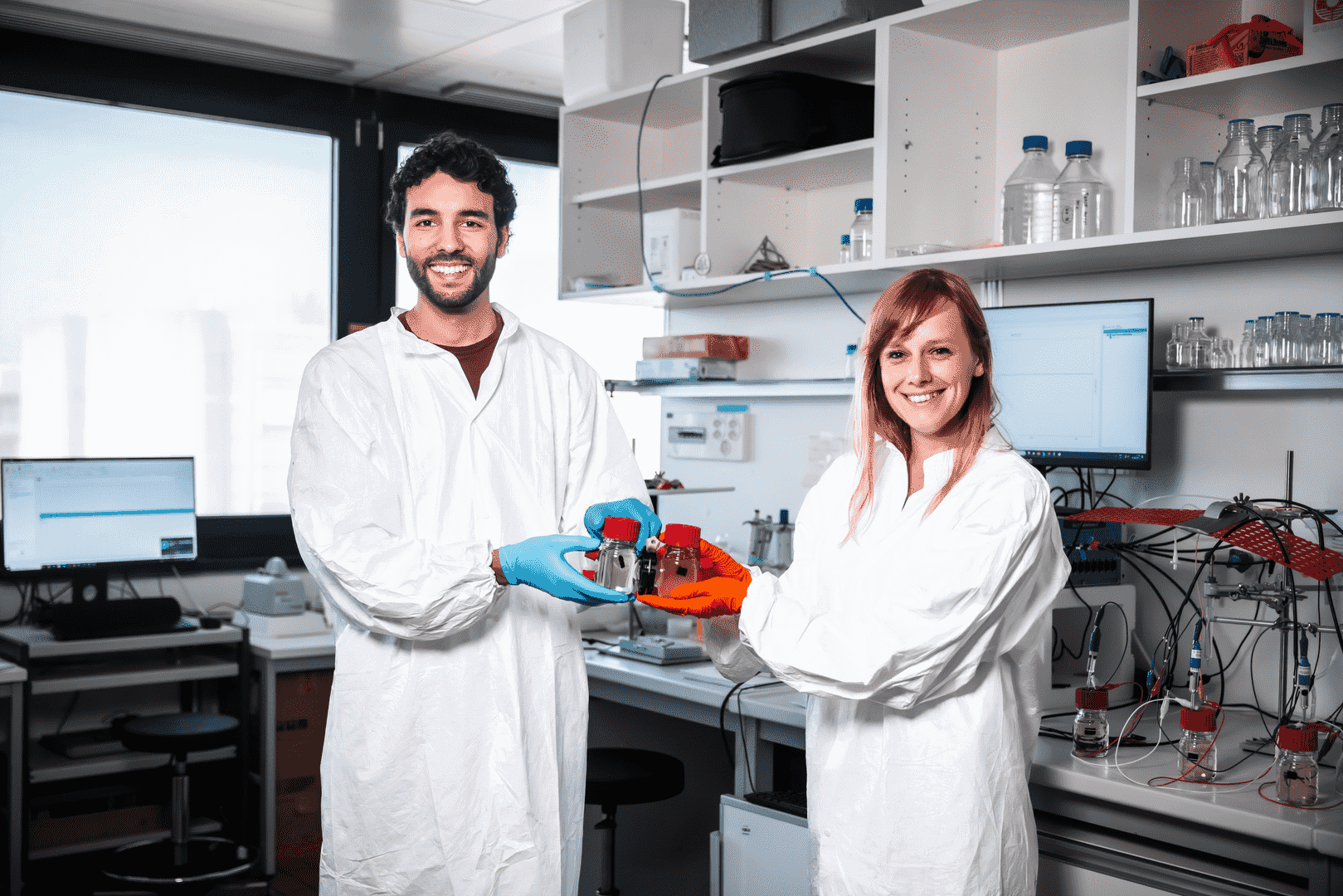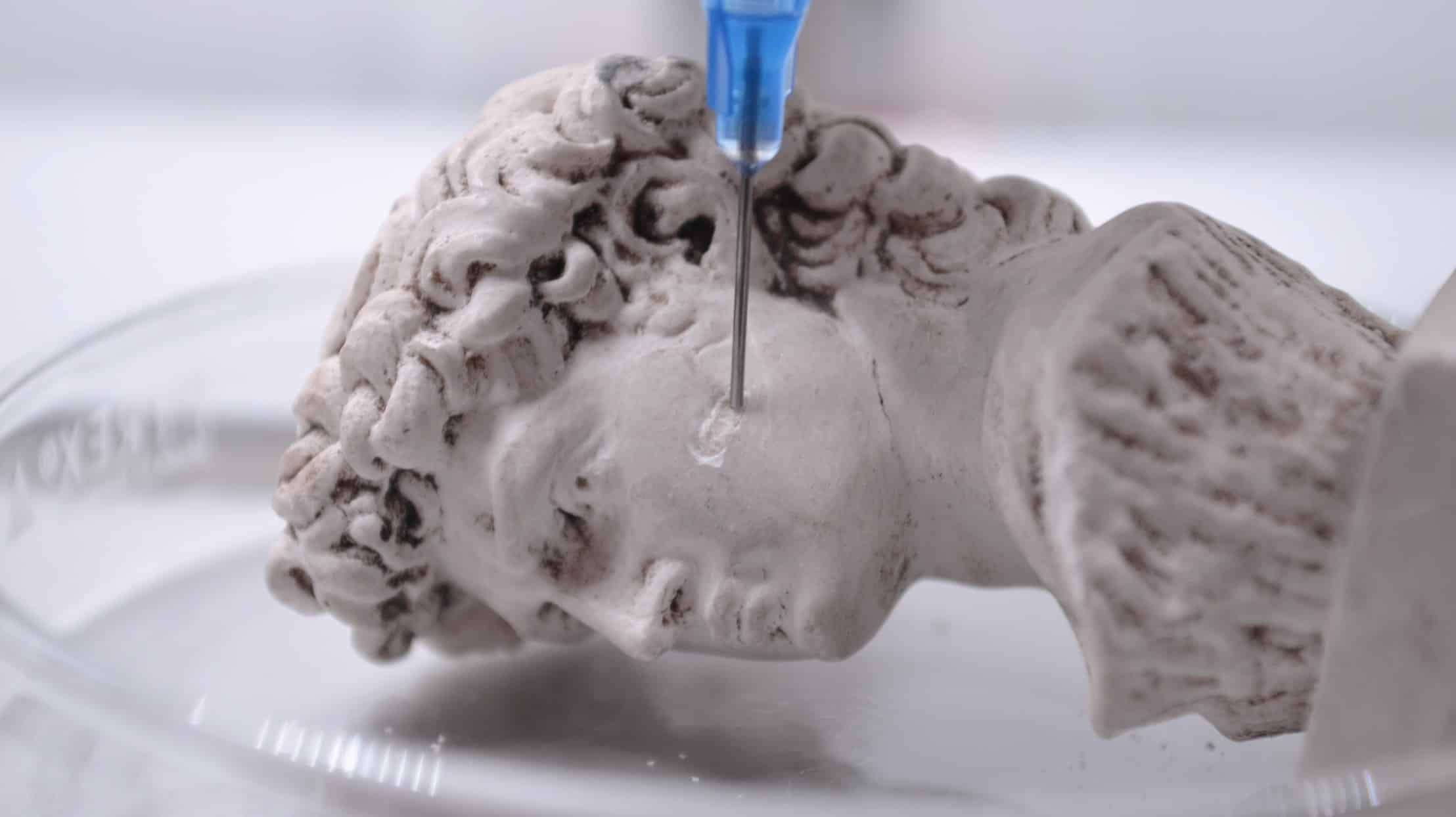
Researchers at the Technical University of Lausanne (EPFL) have developed a method for 3D printing with an ink made from calcium carbonate-producing bacteria. The resulting printed bio-composite is strong, lightweight and environmentally friendly. EPFL reports this in a press release.
Strong bio-composite materials found in nature are light, strong, porous and rigid. Examples include shells or bones. Producing such materials in a laboratory environment has proven very difficult. Therefore, EPFL researchers opted for a solution from nature: using the sporosarcina pasteurii.
BactoInk
The “BactoInk” works by exposing these bacteria to a solution containing urea, which triggers a mineralization process. This process produces calcium carbonate (CaCO3). With this, almost any imaginable shape can be printed, after which curing through the mineralization process takes several more days.
Esther Amstad, head of the soft materials laboratory at EPFL, explains that by no means every material is suitable for 3D printing. This is because the ink must be liquid. “3D printing is only possible if a material is liquid enough to press through the 3D printing head, but then hardens without changes.”
Previously, many structures were often too soft, or shrank. This shrinking causes cracks and loss of shape and is therefore undesirable. Because these bacteria start a mineralization process that cures slowly over a period of several days, these problems are not present. To ensure that the final product contains no bacteria, the product is given an ethanol bath at the end of the process.
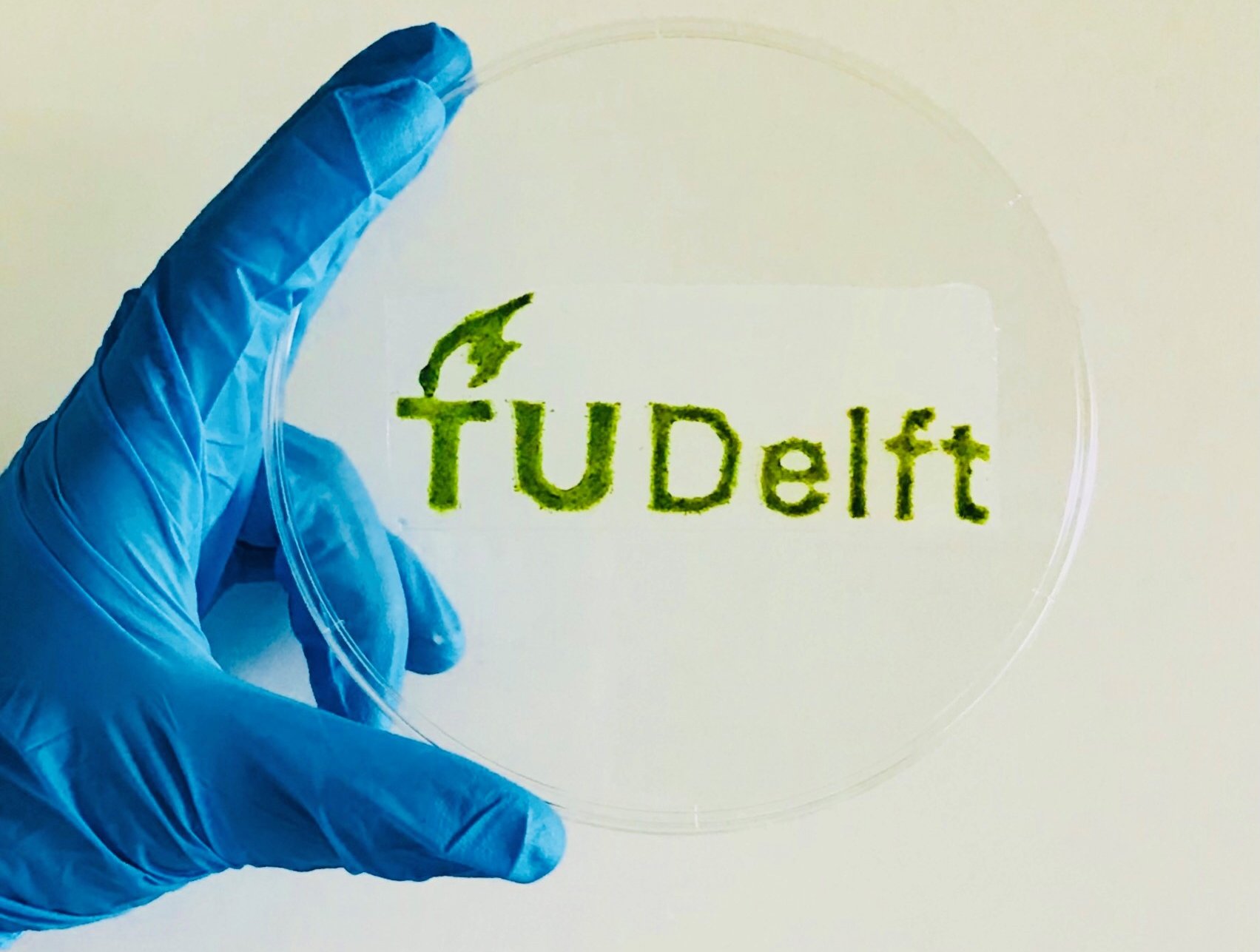
Art restoration and artifical coral
One application lies in art restoration. Because it is possible to inject this material into a mold, you can seal cracks in vases, for example. It could also be made into artificial coral, which could help restore coral reefs. Furthermore, this the composite material resembles bone, making biomedical applications also possible.
Amstad thinks this versatility in particular, combined with its low environmental impact, is going to ensure that this material will be widely used. “There are so many possibilities because of its light weight, strength and similarities to natural materials,” Amstad said.
© Image Eva Baur
Selected for you!
Innovation Origins is the European platform for innovation news. In addition to the many reports from our own editors in 15 European countries, we select the most important press releases from reliable sources. This way you can stay up to date on what is happening in the world of innovation. Are you or do you know an organization that should not be missing from our list of selected sources? Then report to our editorial team.

